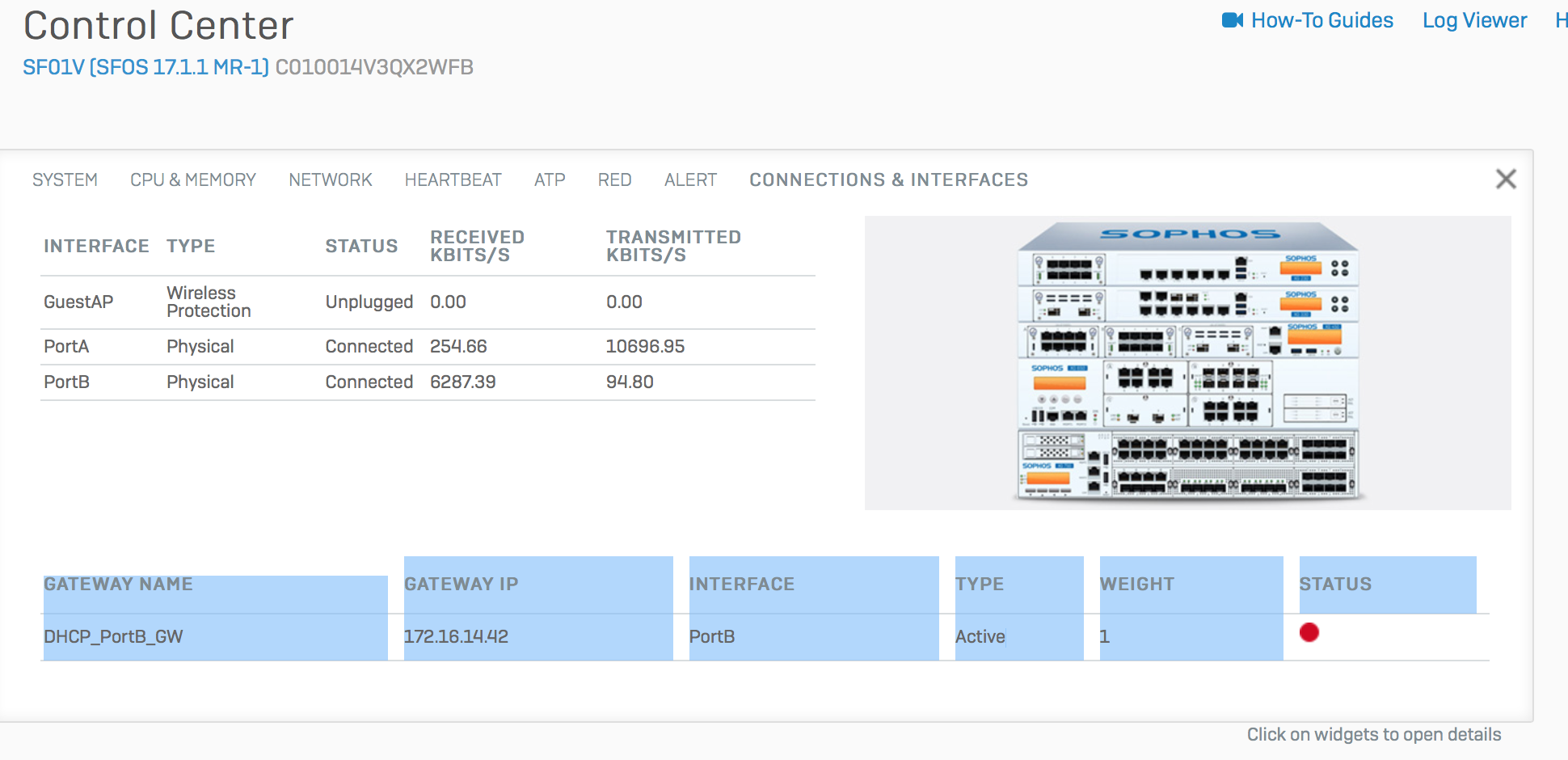

- #SOPHOS FIREWALL XG HOME EDITION HOW TO#
- #SOPHOS FIREWALL XG HOME EDITION INSTALL#
- #SOPHOS FIREWALL XG HOME EDITION SERIAL#
- #SOPHOS FIREWALL XG HOME EDITION REGISTRATION#
- #SOPHOS FIREWALL XG HOME EDITION SOFTWARE#
#SOPHOS FIREWALL XG HOME EDITION HOW TO#
Before setting the Sophos XG firewall up, I searched online to find guides on how to do this and to my surprise, I didn’t find much, hence the reason for this post.
#SOPHOS FIREWALL XG HOME EDITION INSTALL#
Having the ability to install the firewall onto an ESXi server meant I could provision multiple VMs on one machine and the same network.
#SOPHOS FIREWALL XG HOME EDITION SOFTWARE#
The team at Sophos have been kind enough to offer a FREE software version of this firewall for home users, which I have managed to install using VMware ESXi. username is "admin", password is the one you have chosen during the installation process.The Sophos XG is a next-generation firewall packed with enterprise-grade features. if you are connected to LAN.Īfter additional few minutes you should be able to connect to the Admin Web interface here: įollow the installation steps and be patient - the last step where you see "Finishing" will take several minutes, but it will eventually complete.Īfter that step you can go ahead and login for the first time. Once it's booted you should receive IP address through DHCP. If will take about 5-10 minutes for Sophos to boot for the first time.
#SOPHOS FIREWALL XG HOME EDITION SERIAL#
Connect the WAN to the middle port and LAN to the first port (closest to serial port). Once the USB installation process is finished, remove the USB stick and reboot your APU. Ignore the initial hieroglyphs and follow the installation instructions displayed on the console. See screenshot below that shows how it looks like. Once the APU boot sequence stops, you will start seeing SOPHOS booting from the USB and the console output will be readable as usual. APU will output the boot sequence on 115200 rate, which means that you will see some garbage output for few seconds. You should configure your putty or screen to run on 38400 baud rate and boot the APU board. This may seem like a problem, but in practice it's not. APU2 and APU3 boards run on 115200 baud rate, Sophos installation process requires 38400 baud rate. Connect through the serial cable on non-standard baud rate Insert your newly created USB into the APU board and connect your serial cable. Make sure you replace sdX with your usb device.

If you are using Linux or Mac, you can use dd, like this: dd if=SW-SFOS_17.0.6_MR-6-181.iso of=/dev/sdX bs=4M sync
#SOPHOS FIREWALL XG HOME EDITION REGISTRATION#
Go to Sophos website and register to download the "Sophos XG"Īt the end of the registration process you should be able to download the "SW-SFOS_17.0.6_MR-6-181.iso" or similar Create bootable SOPHOS XG USB Sophos XG Firewall Home Edition installation image Boot sophos, connect to WEB interface and finish the installation.Connect through the serial cable on non-standard baud rate.Register at Sophos and download the "Sophos XG Firewall Home Edition" installation.It's actually very easy if you know the steps. Here's the step by step, easy tutorial. It's possible to install SOPHOS XG over the serial connection on APU2 and APU3 boards. SOPHOS XG serial-console installation instruction for APU


 0 kommentar(er)
0 kommentar(er)
